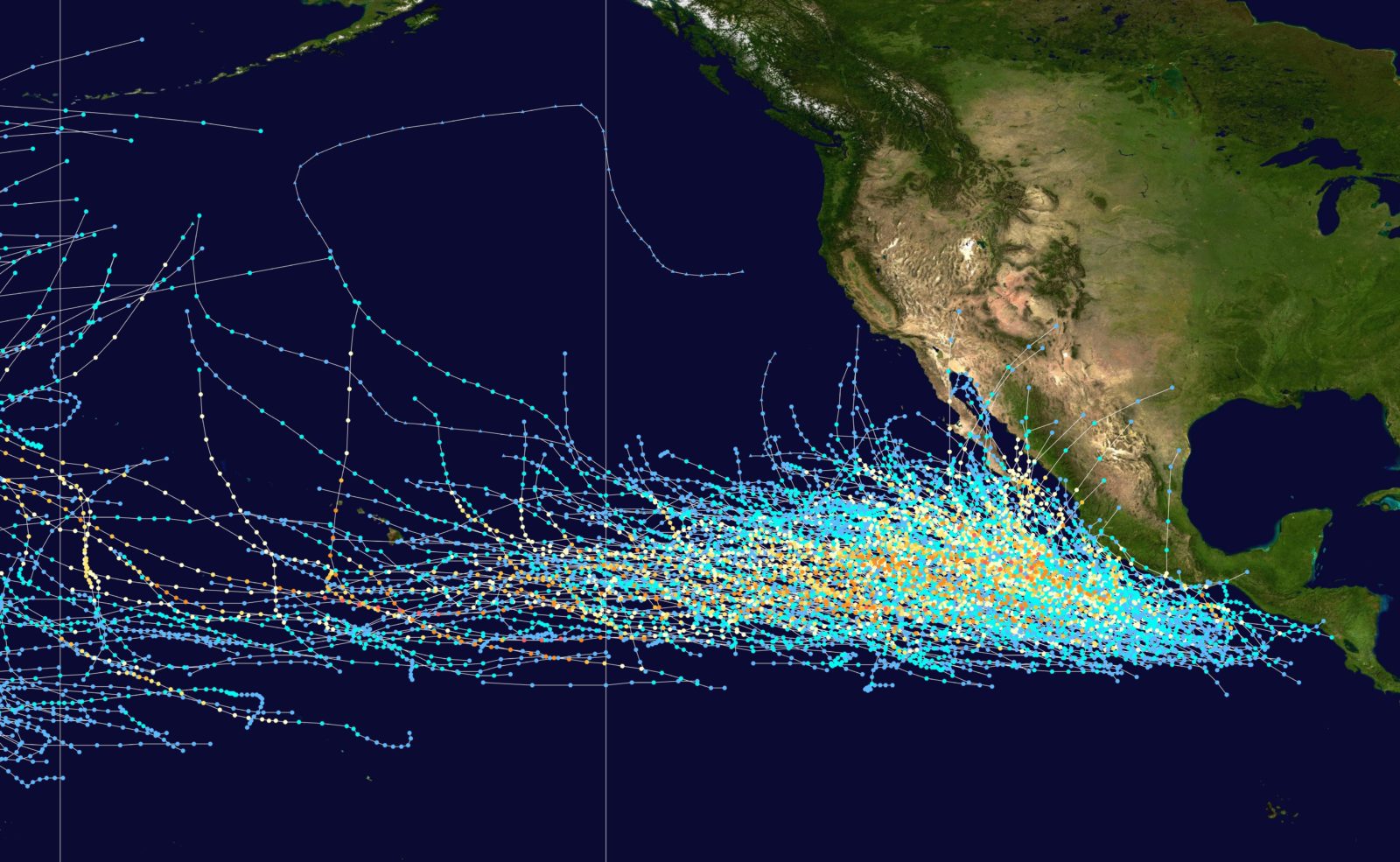
These satellites receive forward-reflected GPS signals and measure ocean surface roughness, from which wind speed is recovered without appreciable attenuation by rain. Moreover, for higher spatial and temporal resolutions, further research on TCs may be conducted as a result of the recent Cyclone Global Navigation Satellite System (CYGNSS) satellite missions (Ruf et al. Infrared measurements obtained from space platforms to study TC characteristics and intensity have also been improved (Olander and Velden 2007). Further, advances in satellite remote sensing have enabled additional inroads in TC tracking (Ackerman et al. Nevertheless, new technological land-based observations and recent advances have increased the accuracy of tropical cyclone (TC) forecasting assessments (Stith et al. Various thermodynamic parameters are necessary for the formation of hurricanes, but the conditions sufficient for the development of hurricanes remain poorly understood (Emanuel 1989). For several decades, atmospheric researchers have sought to unravel the secrets behind the nature of hurricanes (Rios-Berrios et al. Nevertheless, the reliability of a prediction is complicated when the physical mechanisms that control the creation of a hurricane are not well understood. Meteorologists attempt to forecast the intensity and locations of tropical cyclones days in advance. The already complex underlying physics of hurricanes are further compounded by the combination of warm ocean water, moist air, and winds (Emanuel et al. However, predicting the intensity of a hurricane remains challenging (Emanuel 2017b Elsberry 2014).


Some studies have suggested that rising temperatures are to blame for the increased intensity of hurricanes that have been observed in recent years (USGCRP 2017). More moisture evaporates into the atmosphere over a warmer ocean, which invigorates and enlarges hurricanes (Trenberth et al. Over the years, the dissipation of power in hurricanes has increased as their strengths have intensified (Elsner et al. Hurricanes are thermally powered, large-scale storms with wind speeds exceeding 33 m/s that circulate around a well-defined core and are characterized by strong near-surface torrential rainfall (Emanuel 2017a, 1989). Hurricanes are some of the most potent hydrometeorological hazards and can cause severe damage to the coastal regions they strike.


 0 kommentar(er)
0 kommentar(er)
